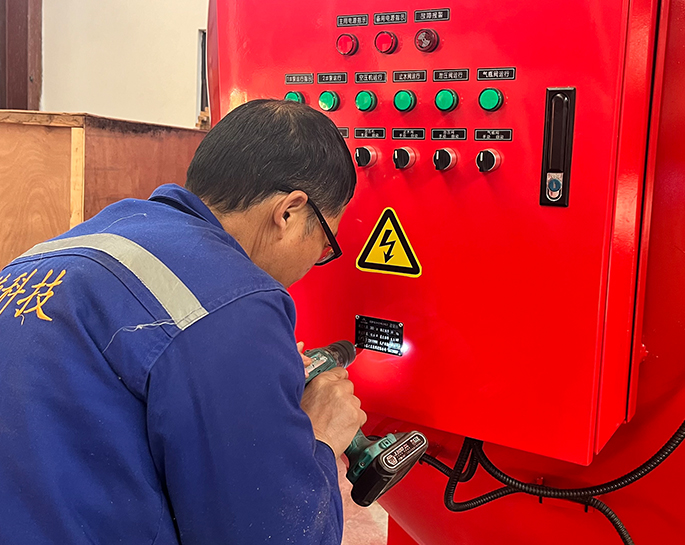What is the purpose of a fire pump bypass line, and when is it used?
Jan 26, 2024
Share:
A fire pump bypass line is a crucial component in a fire protection system, and its primary purpose is to ensure the continuous and uninterrupted flow of water to the fire protection system in the event that the fire pump is out of service or undergoing maintenance. The bypass line provides an alternative path for water to reach the fire protection system, allowing it to continue operating even when the main fire pump is not in service.
Here are the key purposes and scenarios in which a fire pump bypass line is used:
1. **Maintenance and Testing:**
- During routine maintenance or testing of the fire pump, the pump may be temporarily taken out of service. The bypass line allows water to flow directly to the fire protection system without relying on the fire pump. This ensures that the fire protection system remains operational while the pump is being inspected, tested, or serviced.
2. **Pump Failure:**
- If the main fire pump experiences a failure or malfunctions, the bypass line can be activated to maintain water supply to the fire protection system. This is critical to ensuring that the system can still operate during emergencies, even if the primary pump is not functioning.
3. **Power Outages:**
- In the event of a power outage, if the fire pump relies on electric power, it may not be able to function. The bypass line allows water to be supplied to the fire protection system without relying on the electrically driven pump.
4. **Start-up Delay:**
- Some fire protection systems may experience a delay in the start-up of the main fire pump. The bypass line ensures that water is available immediately to the system, reducing the risk of delays in firefighting efforts.
5. **Emergency Backup:**
- The bypass line serves as an emergency backup to the main fire pump, providing an additional layer of redundancy in case the primary pump fails or is unable to deliver water to the system.
It's important to note that the design and installation of a fire pump bypass line should comply with relevant fire codes and standards, such as NFPA 20 (Standard for the Installation of Stationary Pumps for Fire Protection). The proper sizing, valving, and configuration of the bypass line are crucial to ensuring its effectiveness during emergencies and maintenance activities.

Here are the key purposes and scenarios in which a fire pump bypass line is used:
1. **Maintenance and Testing:**
- During routine maintenance or testing of the fire pump, the pump may be temporarily taken out of service. The bypass line allows water to flow directly to the fire protection system without relying on the fire pump. This ensures that the fire protection system remains operational while the pump is being inspected, tested, or serviced.
2. **Pump Failure:**
- If the main fire pump experiences a failure or malfunctions, the bypass line can be activated to maintain water supply to the fire protection system. This is critical to ensuring that the system can still operate during emergencies, even if the primary pump is not functioning.
3. **Power Outages:**
- In the event of a power outage, if the fire pump relies on electric power, it may not be able to function. The bypass line allows water to be supplied to the fire protection system without relying on the electrically driven pump.
4. **Start-up Delay:**
- Some fire protection systems may experience a delay in the start-up of the main fire pump. The bypass line ensures that water is available immediately to the system, reducing the risk of delays in firefighting efforts.
5. **Emergency Backup:**
- The bypass line serves as an emergency backup to the main fire pump, providing an additional layer of redundancy in case the primary pump fails or is unable to deliver water to the system.
It's important to note that the design and installation of a fire pump bypass line should comply with relevant fire codes and standards, such as NFPA 20 (Standard for the Installation of Stationary Pumps for Fire Protection). The proper sizing, valving, and configuration of the bypass line are crucial to ensuring its effectiveness during emergencies and maintenance activities.


.png)
.png)

.png)


